If you live in the northern Rockies and want to find fish rising to October caddis, your time to do so is coming up quick.
And you have plenty of options to choose from: all the north Idaho rivers and streams offer these caddis, and most of western Montana’s rivers and streams will have caddis going off soon, too. Whether you choose the big rivers, such as the Bitterroot and Clark Fork, or smaller streams, like Rock Creek and the St. Joe, you’ll find lots of good cutthroats rising for big flies. On waters where they live, you’ll also find rainbows and browns rising for these big flies too.
How to match them? You don’t have to be too specific. If you fish underneath in the mornings try a fall caddis pupa or a cream colored Serendipity. When the sun rises over the mountains and the air warms the big bugs take to the air and you’ll start seeing splashy rises as the cutthroats get after them. Excellent adult fall caddis patterns include size-10 Elk-Hairs, Morrish’s October Caddis, and even orange Stimulators. You can dead drift these flies, dap them, or skate them. And if you’re going to skate them you might want to try that off a switch rod. Could be a blast.

A good cutthroat about to come to hand. Strikes on October caddis are often frequent and savage. It’s a big bug that the fish want and they know winter is around the corner.
I’ve attached a little primer on October caddis below. Hope you enjoy.
October Caddis
Call it what you like–fall caddis, October caddis, giant orange sedge–this I know: during September and October large trout key on that insect (genus Dicosmoecus) wherever it is present.
Where and When to Find Them
In the West, you’ll find October caddis in most freestone streams and some tailwaters with strong current and rocky bottoms. You won’t find them in spring creeks due to their grassy bottoms and moderate flow.
October caddis begin hatching in early September, and adults are available to trout through October. Activity peaks around the last week of September and the first couple weeks of October.
Even when October caddis are present in small numbers, trout take notice, and fishing with large, bulky patterns can be rewarding. You can’t blame the fish for their eager attitude toward those bushy flies: an October caddis is a big meal.
The October caddis hatch doesn’t resemble a big mayfly or early-season caddis hatch; you are not going to see clouds of them hovering over the water. Instead, you may only see a few caddis in the shoreline brush and, possibly, a few skittering across the water. But trout know when the October caddis is about, and they do not hesitate to pound a likely-looking pattern.

Don’t overlook the small stuff, even if that means stealing away from your elk hunt to make a few casts.
Flies and Tactics
When fishing an October caddis, you needn’t worry about specific match-the-hatch situations like you might when imitating Baetis mayflies. Rather than worrying about nymphs, emergers, duns, and spinners, all you need is one dry fly and, if you insist, one nymph.
Top dry fly offerings include an orange or cream Stimulator and the Elk Hair October Caddis (an Elk Hair Caddis tied with a pale-orange or pale-yellow body). If you choose to probe the depths, try a size-8 or 10 pale-orange or pale-yellow bodied Serendipity.
This wet fly was created by Craig Mathews, who lives in West Yellowstone, Montana. Originally intended to imitate size-18 to 24 midge larvae, it crosses over as a nice caddis larva imitation when tied on larger hooks.
When fishing orange Serendipities, work them through the bottom of medium-depth runs, and swing them through the tailouts of pools. Usually, trout hit as the fly begins its rise to the surface, an event that mimics the insect’s most vulnerable moment.
Want more on Oct Caddis? Our friends at Cal Fly Fisher wrote an in depth piece. Might get you thinking about a trip to the McCloud. https://calflyfisher.com/tips-and-techniques/fishing-the-october-caddis-insights-and-techniques/
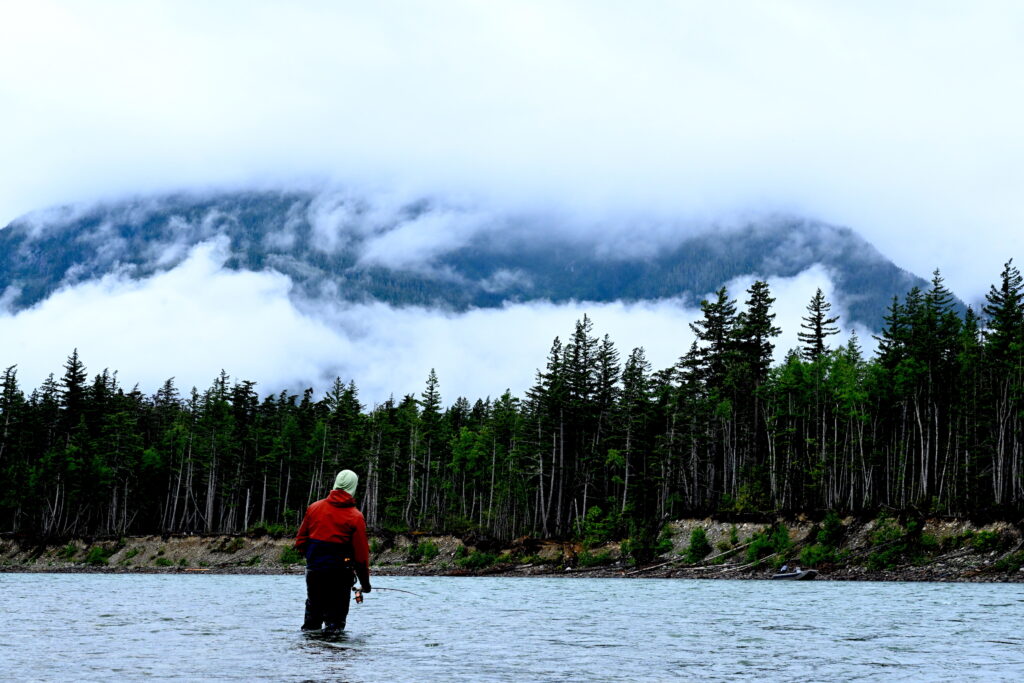


 It’s safe to say, and I’m a little relieved to say, the holidays are over. It wasn’t that I didn’t have a great time—family traveled to Montana and all of us gathered at my parents’ house, under one roof, all feeling pretty happy and healthy—but it’s time to get back to work. We cooked, looked at old family photos, watched every bowl game known to man, and even caught a few Christmas movies. There were no major theatrics, nobody guzzling too much booze, and no real arguments. In some ways, it was an odd American Christmas. But I’ll take it.
It’s safe to say, and I’m a little relieved to say, the holidays are over. It wasn’t that I didn’t have a great time—family traveled to Montana and all of us gathered at my parents’ house, under one roof, all feeling pretty happy and healthy—but it’s time to get back to work. We cooked, looked at old family photos, watched every bowl game known to man, and even caught a few Christmas movies. There were no major theatrics, nobody guzzling too much booze, and no real arguments. In some ways, it was an odd American Christmas. But I’ll take it.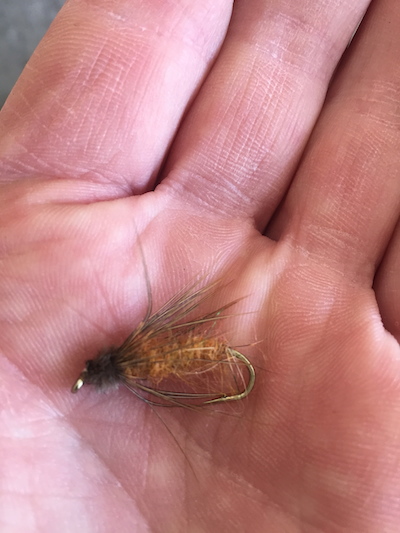


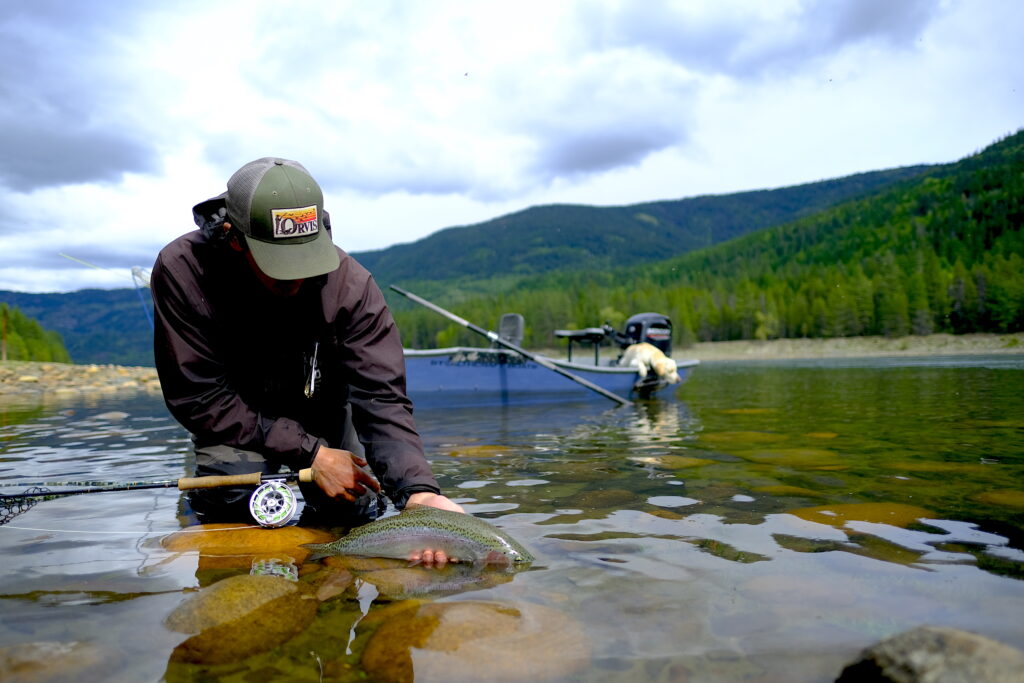 Dry fly season came early to Montana this year, and there’s not doubt it’s kicking over in Washington State, too. One of the best hatches of the year is near, that being the Mother’s Day Caddis and one of the best places to fish it is on Washington’s upper Columbia River.
Dry fly season came early to Montana this year, and there’s not doubt it’s kicking over in Washington State, too. One of the best hatches of the year is near, that being the Mother’s Day Caddis and one of the best places to fish it is on Washington’s upper Columbia River.

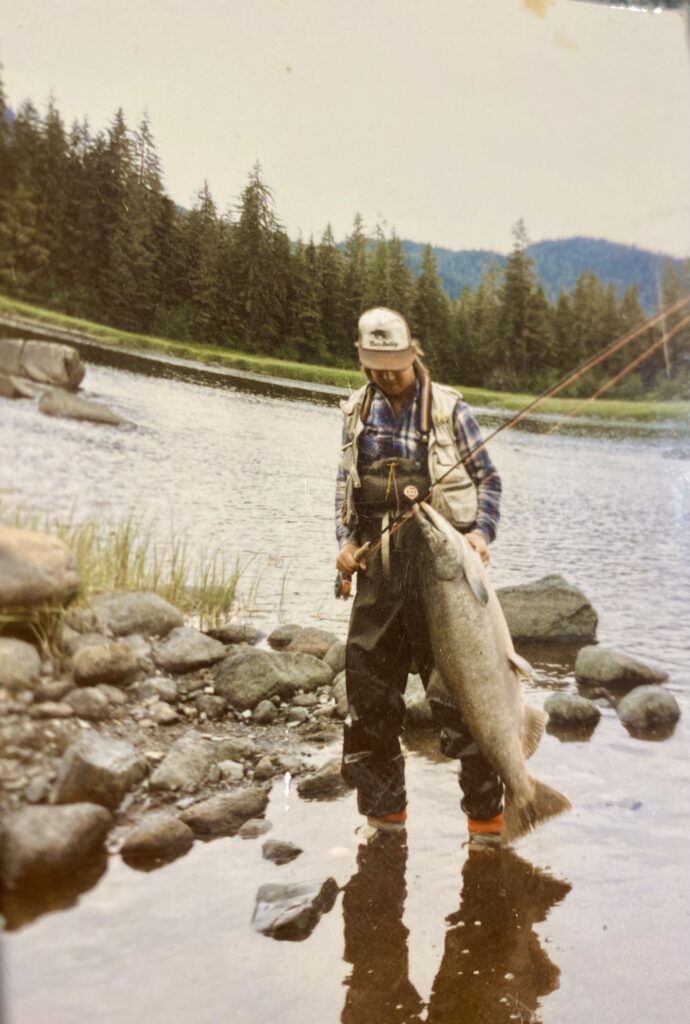 Ran across this photo yesterday and snapped a shot of it with the phone. It definitely takes me back in the day.
Ran across this photo yesterday and snapped a shot of it with the phone. It definitely takes me back in the day.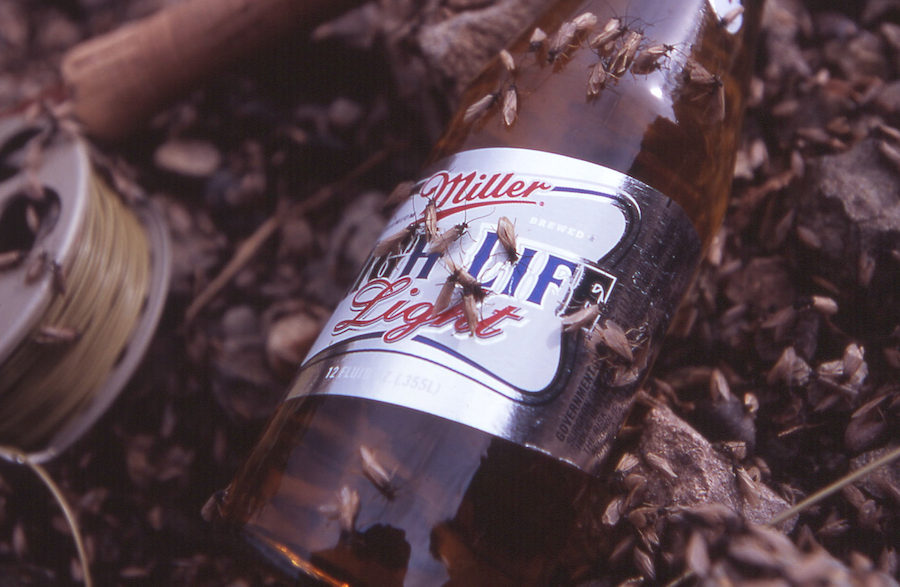 Note: Not sure when I wrote this or for whom, but I found it while searching my files and thought it would be worth posting. You’ve got a couple months before this hatch hits, but it’s worth thinking about it now and getting those flies in order, or tying some to supplement what you may have lost last year. GT
Note: Not sure when I wrote this or for whom, but I found it while searching my files and thought it would be worth posting. You’ve got a couple months before this hatch hits, but it’s worth thinking about it now and getting those flies in order, or tying some to supplement what you may have lost last year. GT